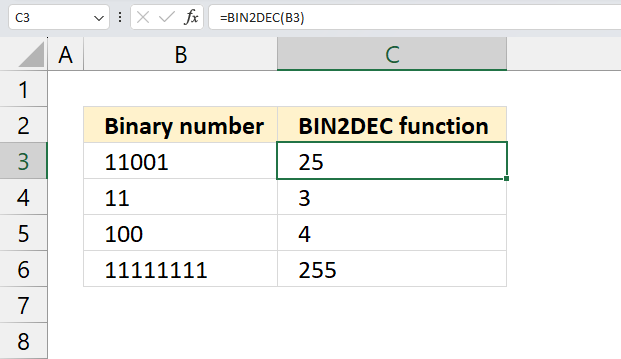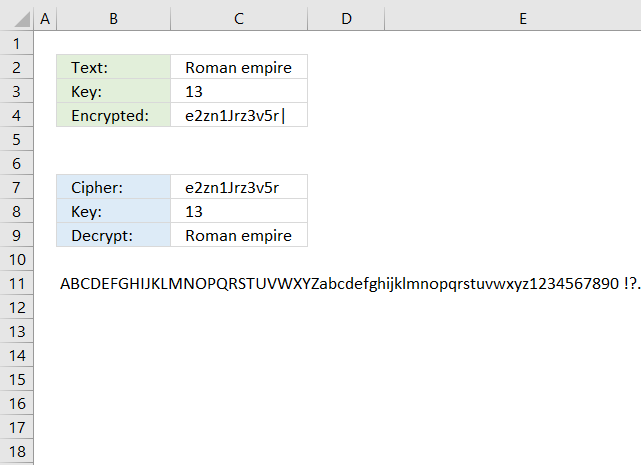'BIN2DEC function' category
How to use the BIN2DEC function
What is the BIN2DEC function? The BIN2DEC function converts a binary number to decimal. Table of Contents Introduction Syntax Example […]
What is the BIN2DEC function? The BIN2DEC function converts a binary number to decimal. Table of Contents Introduction Syntax Example […]
Working with classic ciphers in Excel
What's on this page Reverse text Insert random characters Convert letters to numbers How to shuffle characters in the alphabet […]
What's on this page Reverse text Insert random characters Convert letters to numbers How to shuffle characters in the alphabet […]

